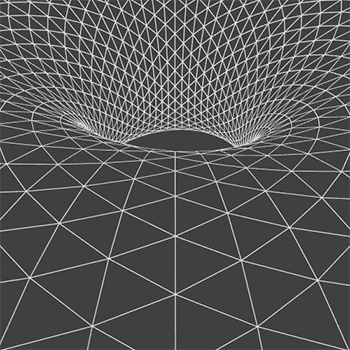Why is Raoul correct?
Joe and Raoul are having a heated discussion about limits and continuity. Joe thinks that if the right and left limits of a function are equal at x=c, and f(c) exists, then f is continuous at x=c. Raoul thinks Joe is making a mistake. Explain why Raoul is correct.
Joe and Raoul are having a heated discussion about limits and continuity. Joe thinks that if the right and left limits of a function are equal at x=c, and f(c) exists, then f is continuous at x=c. Raoul thinks Joe is making a mistake. Explain why Raoul is correct.
3 Answers
Read below.
Explanation:
First, let's write this to equations.
We are saying that
This tells us that
The question also tells us that
Now, is this enough to tell us that the function is continues when
Now, remember that when we are searching for a limit of a given function, (we have
If we were to have a point discontinuity, we would have a valid limit at
Look below for more explanation.
We see that Joe's statement doesn't guarantee continuity.
We start with two definitions::
Definition 1 : Continuity
A function
# lim_(x rarr a) f(x) = f(a) #
Definition 2 : Existence of a Limit
The limit,
# lim_(x rarr a^-) f(x) = L \ \ # and# \ \ lim_(x rarr a^+) f(x) = L#
From which we can draw two conclusions:
Corollary 1:
If a function is continuous at
# lim_(x rarr a^-) f(x) = lim_(x rarr a^+) f(x) = f(a)#
Proof: Follows directly from the definition of existence of a limit.
Corollary 2:
If the limit of a function exists at
Proof: Existence of a limit satisfies the first part of the continuity definition, but tells us nothing about the second part of the definition regarding the value of
Joe's statement satisfies the conditions of C2, and as such we cannot infer any information about the value of
An example of function fitting the criteria that Joe describes would be a piecewise function with a removable discontinuity at a single point, example:
# f(x) = { (x^2, x != 0), (2, x=0) :} #
Which has a removable discontinuity at
And we have:
# lim_(x rarr 0^-) = lim_(x rarr 0^+) = 0 #
However:
# f(0) = 2 #



